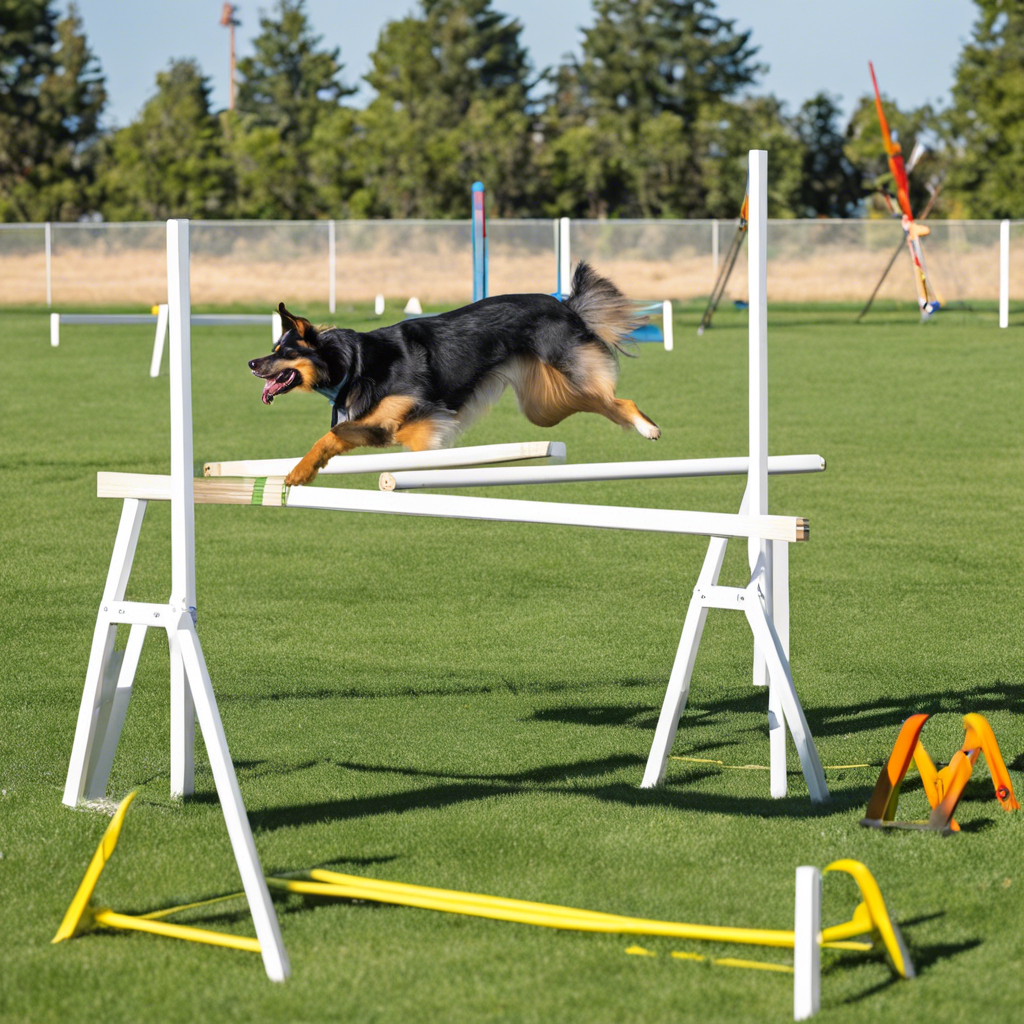Choosing the right A-frame for your dog’s agility training can significantly impact their performance and the convenience of your practice sessions. The market offers two primary options: portable and permanent structures, each catering to different needs and preferences. Let’s delve into the details of these choices.
Portable A-frames are highly sought-after by dog enthusiasts who prioritize flexibility and versatility. These structures are designed to be easily assembled and disassembled, making them ideal for those who frequently change training locations or have limited space. They typically come with lightweight components that can be packed into a convenient carrying case, ensuring easy transport from one venue to another. Portability is especially advantageous for those who participate in agility competitions, as it allows for a consistent and familiar training setup regardless of the event’s location. Moreover, portable A-frames are often adjustable, enabling customization to suit various dog sizes and skill levels, which is a crucial aspect of effective training.
On the other hand, permanent A-frames are a preferred choice for dog training facilities, clubs, or individuals with dedicated training areas. These structures offer utmost stability and are built to withstand rigorous use. Made from durable materials, they can handle even the most energetic canines without compromising safety. The fixed nature of permanent A-frames means they can be anchored securely into the ground, providing a reliable training environment. This stability is crucial for dogs to build confidence and trust in their equipment, allowing them to focus on mastering the agility course without distraction or hesitation.
There are considerations to make when choosing between these options. Portable A-frames, despite their convenience, may not provide the same level of stability as their permanent counterparts, which could be a concern for larger or more powerful dogs. Conversely, permanent structures, while robust, might not suit those seeking frequent changes in training locations. The installation of permanent A-frames requires careful planning, considering factors like ground type and local regulations.
For those starting their agility training journey, a portable A-frame could be a more economical choice, allowing for adjustments as your dog progresses and ensuring training can continue regardless of location. Advanced trainers or professionals, however, might find the stability and durability of permanent structures more suitable for their rigorous training regimens.
In conclusion, the decision between a portable and a permanent A-frame depends on your specific training needs and circumstances. Both types of equipment have their advantages, catering to different training environments and user preferences. Whether you’re a competitive dog agility enthusiast or an at-home trainer, the market offers a suitable A-frame structure to support your goals and ensure your dog’s agility development.

